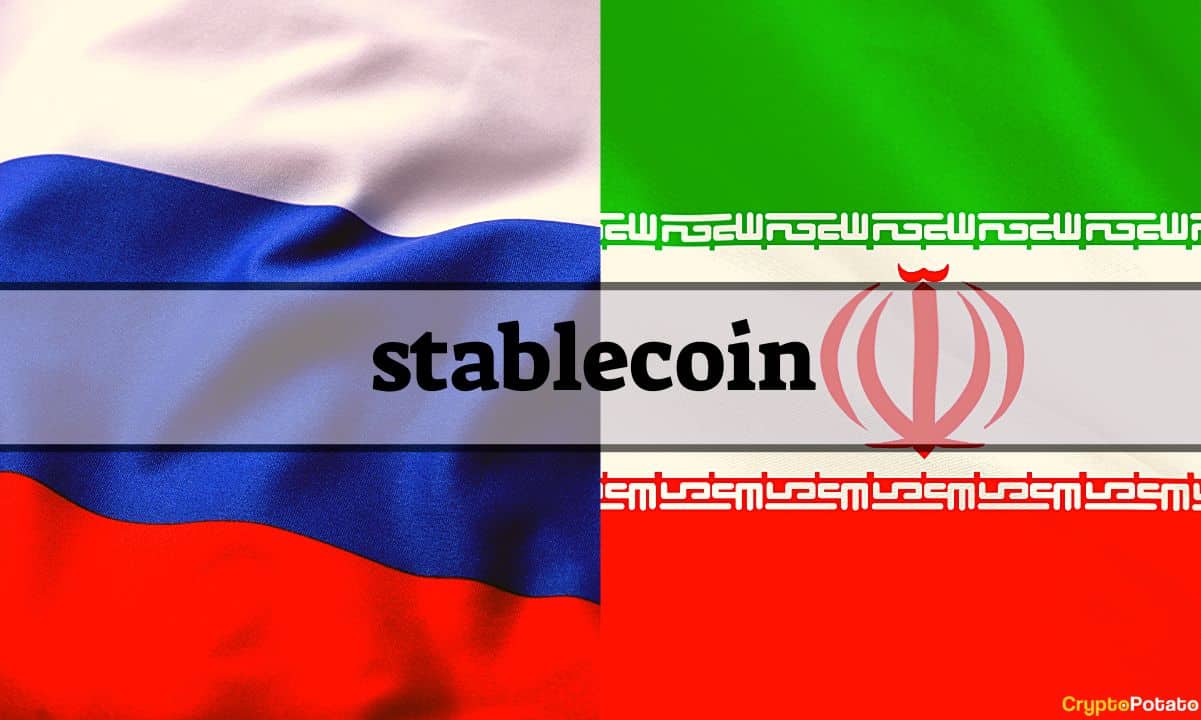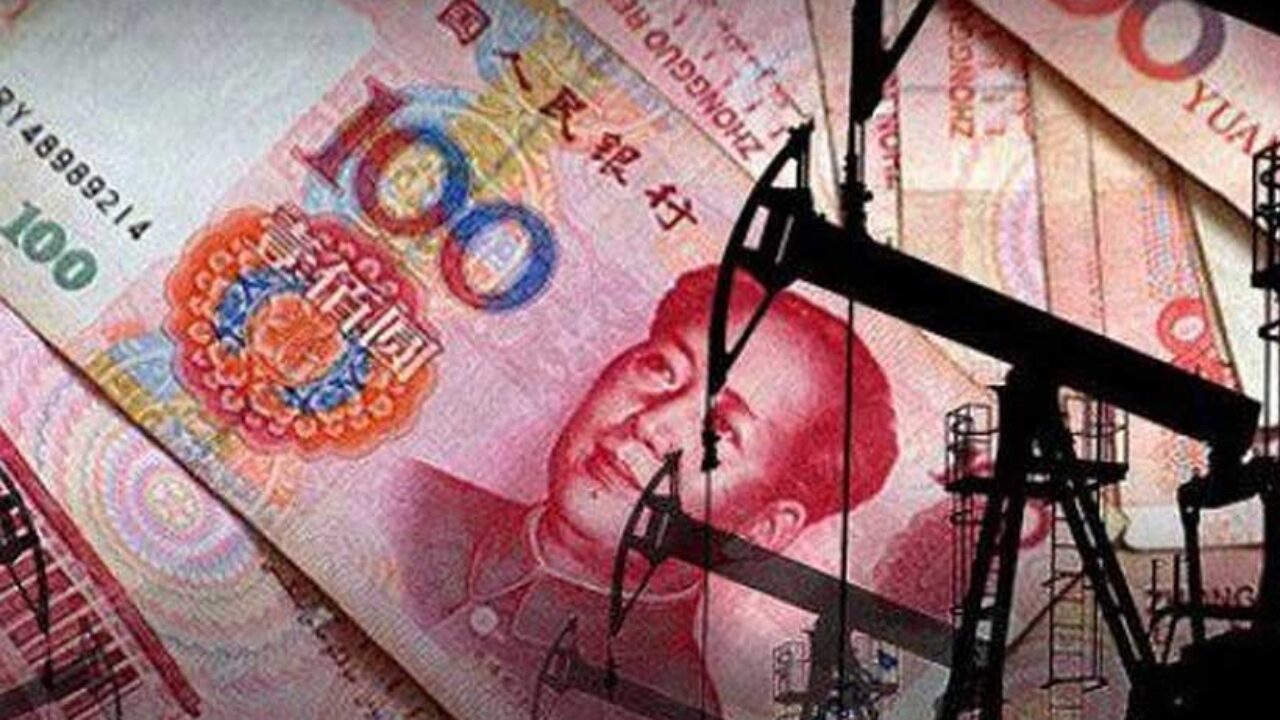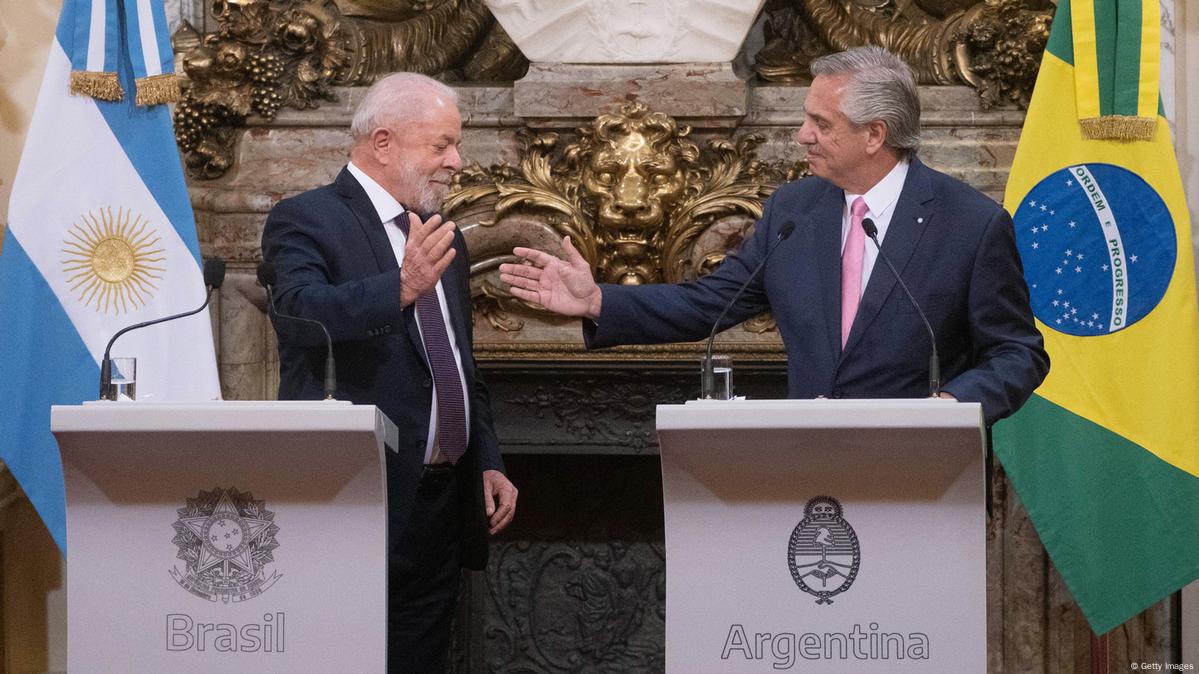According to several critics, News agencies including; Business Insider, the US dollar's position is increasingly under threat from emerging rivals and alternative currencies. Several countries are pushing plans to increase the use of alternative currencies. Nations from China, Russia, India, Brazil, and others are pushing for settling more trade in non-dollar units, from local currencies to a gold-backed stablcoin and a new BRICS reserve currency. Here are five rising challenges to the greenback's dominance of international trade and investment flows.
1- The rise of cryptocurrencies
Cryptocurrencies, such as Bitcoin, are becoming more widely accepted, and some people believe that they could eventually replace traditional currencies. Bitcoin is already used for cross-border payments, and some businesses are accepting it as payment. If cryptocurrencies become widely accepted, they could undermine the dollar's dominance in international trade.
3- Russia and Iran eye on a gold-backed stablecoin
Russia and Iran are working on a cryptocurrency backed by gold, a 'stable-coin' that could replace the dollar for payments in international trade. The two countries, which have been hit by Western sanctions, want to issue a "token of the Persian region" for use in cross-border transactions, with a plan to launch it in a special economic enclave in Astrakhan in southern Russia, which already handles Iranian shipments. However, the project can only move forward once Russia's market for digital assets is fully regulated, according to a Moscow lawmaker. Russia and Iran have stepped up their push to "de-dollarize" in recent months, according to think tank the Jamestown Foundation.
3- UAE and India look at using rupees in non-oil trade
The UAE and India have floated the idea of conducting non-oil trade in rupees. This move would build on a free trade agreement signed last year, which aims to boost trade excluding oil between the two countries to $100 billion by 2027. China has also pondered on the idea of settling non-oil trade in local currencies that exclude the greenback, according to minister of state for foreign trade of the UAE Thani bin Ahmed Al Zeyoudi.
4- China pushes for the yuan to replace the dollar in oil trades
China is looking to weaken the dollar by pushing for the yuan to replace the greenback in oil trades. The move could reduce China's dependence on the US currency and provide a way for other countries to avoid using the US dollar. China has already made progress in this area, with many oil-producing countries, including Russia and Iran, already using the yuan in oil trades.
5- Brazil and Argentina plan a common currency
Brazil and Argentina have recently announced that they are planning to launch a joint currency, named the "sur" (south), that could eventually become a euro-like project embraced by all of South America. The move could help boost South American trade, because it would avoid conversion costs and exchange rate uncertainty. According to the Federal Reserve, the US dollar accounted for as much as 96% of the trade between North and South Americas from 1999 to 2019.






No comments:
Post a Comment